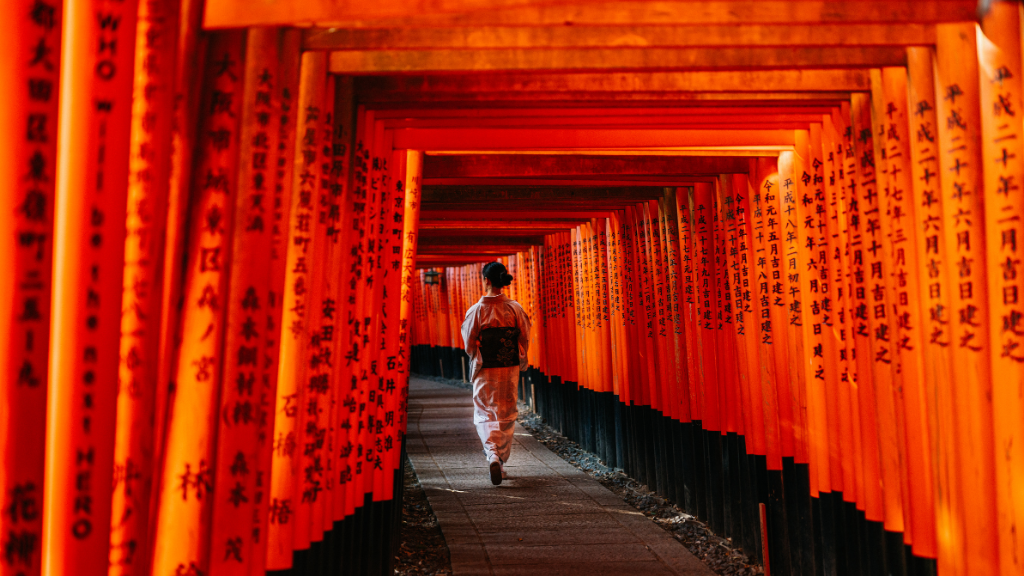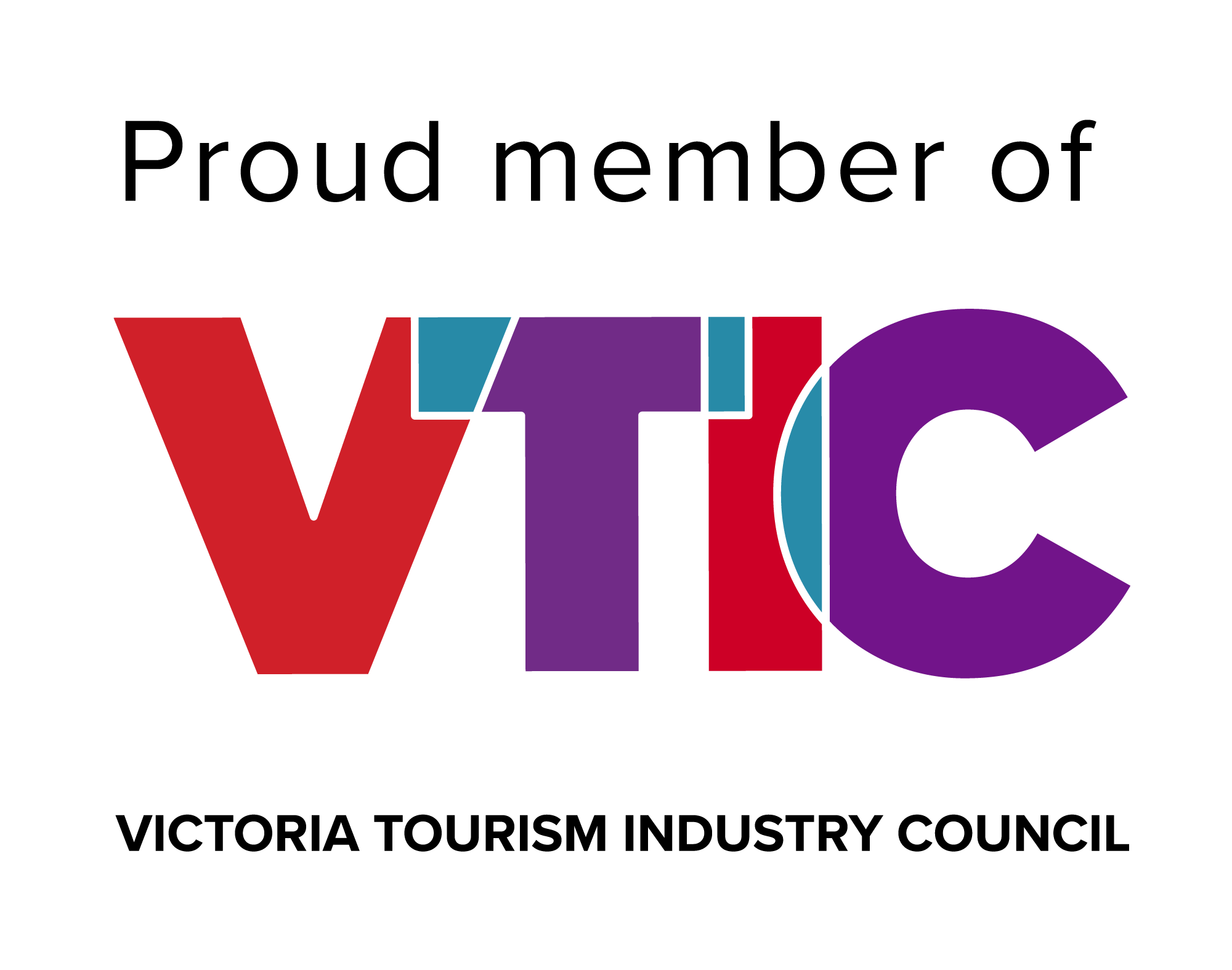Japan in 10 vs 14 Days (By Train): Two Plug-and-Play Routes + The JR Pass Decision
Temples steaming in the morning light, ramen you’ll think about for months, and trains that purr like they’re proud of being on time. Japan shines whether you’ve got ten days or a full two weeks—this guide gives you two ready-to-roll routes plus a simple JR Pass call so planning feels easy.
If you want the done-for-you version, check dates for Icons of Japan — 10–14 Days of Temples, Trains & Tastes. Or see All Tours.

Quick Answer
-
10 days: Tokyo → Hakone (Fuji views) → Kyoto → Osaka (+ Nara day trip). Maximum highlights, minimal zig-zagging.
-
14 days: Tokyo → Kanazawa/Takayama (alpine old towns) → Kyoto → Hiroshima/Miyajima → Osaka. Adds depth without rush.
-
JR Pass: Choose between National JR Pass, regional passes, or point-to-point tickets. If your legs are Tokyo–Kyoto–Osaka only, single tickets often win. Add Hiroshima/longer hops, and passes can pay off.
-
When to go: Spring (late Mar–Apr) and autumn (late Oct–Nov) bring soft light and festival energy; summer is lively (and warm); winter is crisp and atmospheric.
Route A — 10 Days (The Greatest-Hits Glide)
Who it suits: First-timers, food lovers, culture collectors, anyone who wants zero faff and all the classics.
Days 1–3 — Tokyo
Arrive, shake off the jet lag, and split time between neighbourhoods: Shinjuku/Harajuku for neon and fashion, Asakusa for old-Tokyo vibes, and a quiet garden to reset. Sushi trains, standing ramen, konbini snacks—say yes to all.
Days 4–5 — Hakone (Fuji Views & Onsen)
Swap skyscrapers for cedar forests. Ride the ropeway, cruise Lake Ashi, soak in an onsen, and keep the camera on standby for Fuji cameos (weather has moods—embrace it).
Days 6–8 — Kyoto (Temples, Tea, Torii)
Early-morning Fushimi Inari, bamboo groves in Arashiyama, gold leaf at Kinkaku-ji, and a tea ceremony to slow the pulse. Evenings in Gion feel cinematic—minus the filters.
Day 9 — Nara Day Trip → Osaka
Bow to the giant Buddha, smile at the deer (from a respectful distance), then roll to Osaka.
Day 10 — Osaka (Street-Food Finale)
Takoyaki, okonomiyaki, and a river of neon in Dōtonbori. Fly out satisfied and lightly soy-sauced.
Link the upgrade: Prefer a guide, fixed departures, and zero logistics stress? See Icons of Japan — 10–14 Days.
Route B — 14 Days (Deeper Cuts, Same Smooth Flow)
Who it suits: Curious travellers who want extra flavour—alpine towns, samurai streets, and an island shrine that steals the show at sunset.
Days 1–3 — Tokyo
As above, with time for a day trip (Kamakura or Nikko) if jet lag treats you kindly.
Days 4–5 — Kanazawa (or Takayama)
Kanazawa’s samurai and geisha districts feel wonderfully intact; Kenroku-en garden is a year-round beauty. Alternate: Takayama for timbered streets and Hida beef.
Days 6–9 — Kyoto
Give yourself a full four days—Kyoto rewards the unhurried. Add day trips to Uji (tea) or Kurama/Kibune (forest trail + riverside dining in warmer months).
Day 10 — Hiroshima
A day for reflection at the Peace Memorial Museum and a modern food pilgrimage (okonomiyaki, Hiroshima style).
Day 11 — Miyajima (Itsukushima)
Torii gate on the water, quiet forest paths above the shrine—sunset is outrageous here.
Days 12–14 — Osaka
Street food, castle grounds, and last-minute shopping. If your stamina has levels, add a half-day to Kobe for wagyu or to Himeji for the white-castle classic.
Link the upgrade: This arc aligns neatly to Icons of Japan — 10–14 Days if you’d like an expert-guided version.
The JR Pass Decision (Keep It Simple)
-
National JR Pass: Best if you’re covering long distances in a short window (e.g., Tokyo ⇄ Hiroshima + more). It trades ultimate flexibility for a single upfront cost.
-
Regional passes: Often the sweet spot for focused routes (e.g., Kansai, Hokuriku, or Sanyo-San’in). Cheaper than national, still fast, and easier on the wallet when you’re not criss-crossing the whole archipelago.
-
Point-to-point tickets: Perfect for Tokyo → Kyoto → Osaka with a side of Hakone or Nara. Book reserved seats for peak days and enjoy sleek, no-pass travel.
Pro tip: Mix and match. A regional pass plus a couple of single tickets can beat one big national pass—and still keep your planning tidy.
Seat Reservations, Luggage & Train Etiquette
-
Reservations: On popular shinkansen at peak times, reserve seats a few days ahead. Non-reserved cars exist on many services, but standing isn’t the vibe you flew for.
-
Luggage: Pack light. Trains love neat carry-ons; oversized bags may need specific reservations. Coin lockers and hotel forwarding services are your secret weapons.
-
Etiquette: Queues are orderly, calls are quiet (or text), and bento boxes are encouraged. Tidy is the national sport—join the team.
When to Go (By Feel, Not Forecast)
-
Spring (late Mar–Apr): Blossoms, soft light, festival buzz. Popular—book early.
-
Early Summer (May–June): Lush greens, gentler crowds; June can bring showers.
-
High Summer (Jul–Aug): Fireworks and festivals, plus heat and humidity—plan AC breaks.
-
Autumn (late Oct–Nov): Fiery foliage, clear air, comfortable walking temps—photographer candy.
-
Winter (Dec–Feb): Crisp skies, cosy food seasons, fewer crowds; alpine add-ons sparkle.
How to Pack (Carry-On Goals)
-
Clothes: Lightweight layers beat bulky coats; add a packable rain shell year-round.
-
Shoes: One broken-in pair you can walk 15,000 steps in without bargaining with your feet.
-
Tech: Pocket power bank, eSIM/SIM sorted, and your favourite offline map.
-
Money: Cards are common, cash is still handy—keep a small coin pouch for vending-machine adventures.
Budgeting Your Days (Reality-Checked)
-
10-day plan: Tokyo (3) → Hakone (2) → Kyoto (3) → Osaka (2).
-
14-day plan: Tokyo (3) → Kanazawa/Takayama (2) → Kyoto (4) → Hiroshima/Miyajima (2) → Osaka (3).
-
Trim or extend: If a city steals your heart (it will), steal a day back from your least-fave—your itinerary is a guideline, not a contract.
FAQs
Is 10 days enough for a first visit?
Yes—Tokyo, Kyoto and Osaka deliver a complete arc with a taste of nature at Hakone.
Should I buy a National JR Pass for the 10-day route?
Usually no—point-to-point fares or a targeted regional pass are often better value.
Will I see Mount Fuji?
Hakone and the surrounding region offer viewpoints, but Fuji is weather-shy. Treat clear views as a bonus, not a guarantee.
How far ahead should I book?
For March–April and late October–November, book trains, key experiences and stays a few weeks early. Peak holiday periods need more lead time.
Can I do this with one suitcase?
Absolutely. Japan rewards light, nimble packing—and forwarding services keep you even lighter between cities.
Ready to Roll
If a polished, small-group version sounds perfect, peek at dates for Icons of Japan — 10–14 Days of Temples, Trains & Tastes. Prefer to browse first? Explore All Tours. Either way, those temple bells and bullet trains aren’t going to enjoy themselves.




